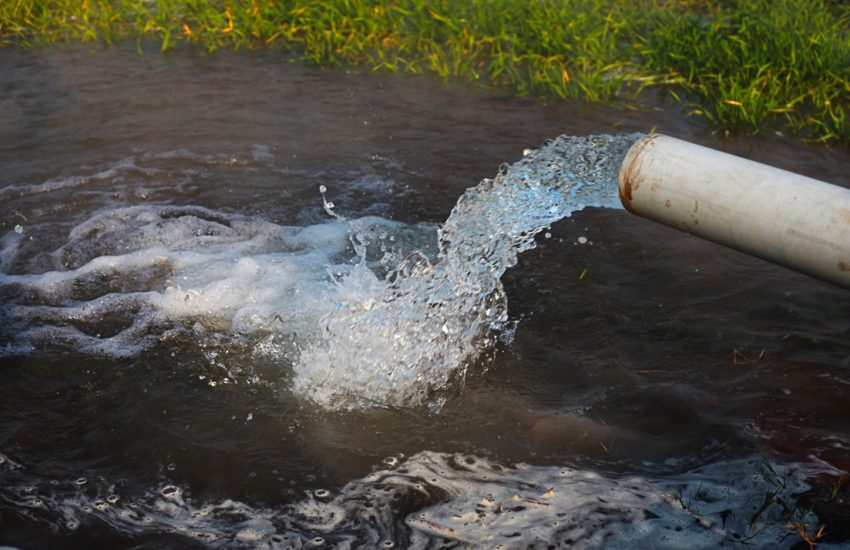As the Biden Administration pushes to transition the country away from fossil fuels to green energy sources, we have been faced with the reality that demand for these necessary minerals could soon outpace supply. For example, electric vehicle manufactures have been searching for additional sources of lithium to meet the Administration’s call for electric vehicles to make up approximately 50 percent of all cars by 2030. Similarly, it is estimated that the world will need almost 50 percent more than its current supply of copper to meet projected demand by 2030 as well.
In efforts to meet this demand, over the past few months we have seen the discovery of perhaps the world’s largest lithium mine along the Nevada-Oregon border. In addition, the permitting process is currently underway for a project in Arizona that is set to become the largest copper mine in North America. Notably, these metals, as well as magnesium, are critical components in the development of “green” technologies and energy sources, such as electric-vehicle batteries and solar panels. However, a majority of the exploration and planned production of these materials is occurring in the arid western United States.
Historically, water, particularly groundwater, has been a vital component of mining, as it is used for processing metals and suppressing dust. Additionally, water is often removed from aquifers as part of the underground mining process to prevent flooding in the mines. For example, by some estimates, the proposed copper mine in Arizona will use at least 250 billion gallons of water over a 40-year period. To put this in perspective, that’s enough water to supply approximately 140,000 homes over the same timeframe.
Groundwater is comprised of freshwater held underground in soil, cracks, gaps and pores in sediments and rocks. In addition to tap water, groundwater is crucial for farming and agricultural practices, such as crop irrigation and livestock. It makes up approximately 30 percent of available fresh water in the world, and the United States pumps approximately 82.3 billion gallons of groundwater per day to make up 26 percent of its water supply. Moreover, many states, such as Kansas, Arkansas, and California, depend on groundwater for 70 percent of their freshwater supply.
Groundwater is typically replenished by rain and snowmelt that sink into the water table. However, with extreme weather events, such as drought, on the rise, groundwater is being recharged at a much slower rate than in the past. In addition, these droughts are also depleting other above-ground freshwater sources, which has caused additional dependence on these underground aquifers. Population increases have also had a significant effect on the rate by which groundwater is being used throughout the country.
Unfortunately, the effects of this rapid ground water depletion can already be seen. For example, it is estimated that approximately 45 percent of the more-than 80,000 groundwater wells surveyed across the United States showed a statistically significant decrease in water levels since 1940. In addition, on the heels of a two-year drought, Kansas, which typically produces approximately 25 percent of the wheat used in the United States, may produce its smallest wheat harvest since 1961. Similarly, Phoenix, Ariz. has banned the construction of new houses that rely on groundwater due to drought and population growth. Long-term impacts of groundwater depletion include sinkholes, decreases in surface-water resources, saltwater intrusion, decline of ecological systems, and loss of food production.
Therefore, without intervention and/or changes to current practices, it is very likely that the changing weather conditions and growing population, coupled with underground mining, has the potential to cause significant further decline to the United States’ groundwater supply, especially in the arid western regions of the country that already suffer from frequent droughts and water shortages.
The solutions to the United States’ groundwater shortage may take a variety of forms. For example, states with little or no groundwater regulations may choose to enact new and/or additional oversight for groundwater pumping practices. Agricultural industries may also elect to use less water-intensive crops. The mining industry may also adopt new technologies that extract and process minerals with less water. Although the answers to these difficult problems remain to be seen, it is likely that a fundamental shift in our use of water to more sustainable practices will be required.

